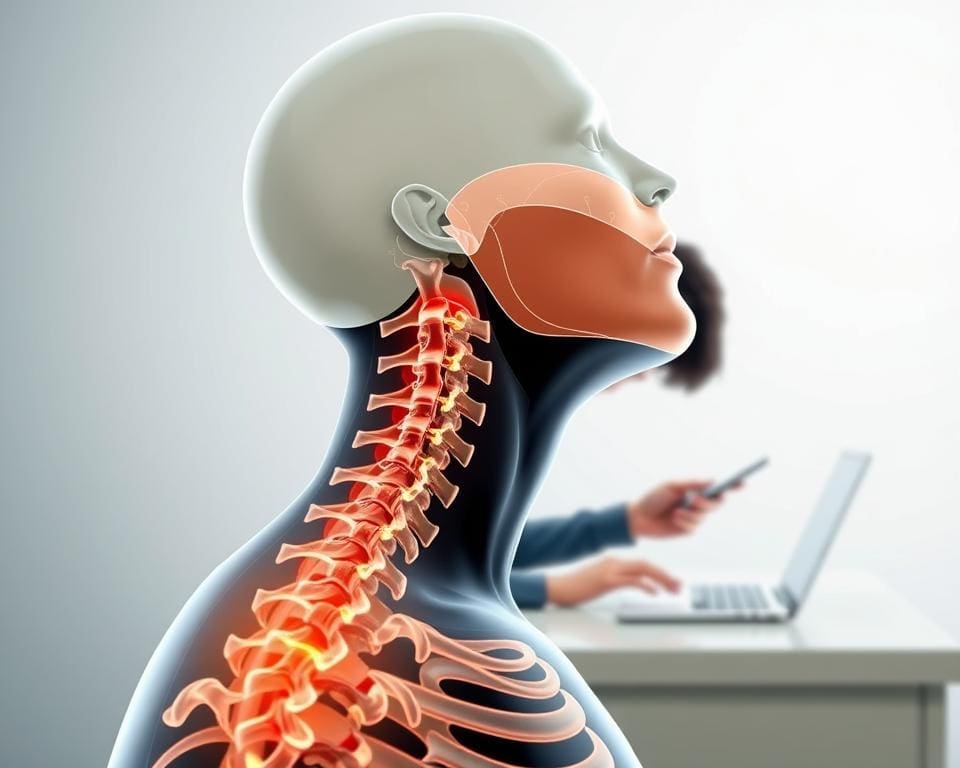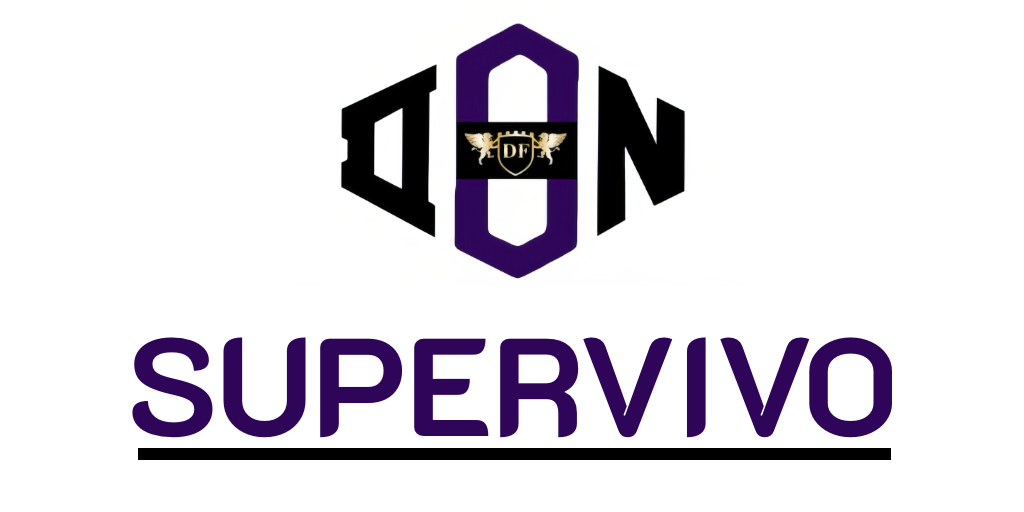In our increasingly digital world, the condition known as tech neck has become a prevalent issue, as many individuals spend extensive hours hunched over smartphones and computers. This dependence on technology, while beneficial in many ways, can lead to significant strain on the cervical spine, resulting in discomfort and pain. Understanding how to stop tech neck is essential for anyone looking to prevent neck pain and maintain optimal cervical spine health. By addressing this modern dilemma, we can foster a healthier relationship with our devices and enhance our overall wellbeing.
Understanding Tech Neck and Its Causes
The phenomenon of tech neck has emerged as a pressing concern in today’s digital age. With the substantial screen time increase across various demographics, individuals are finding themselves more susceptible to neck strain and discomfort. Understanding the underlying causes is essential for addressing these challenges effectively.
The Rise of Screen Time in Daily Life
Recent studies suggest that adults spend over ten hours daily in front of screens, whether for work or leisure. This screen time increase has led to a noticeable rise in tech neck cases among different age groups. As devices become more integrated into our daily lives, our reliance on them continues to grow, contributing to a culture of chronic discomfort.
How Poor Posture Contributes to Neck Strain
Poor posture effects play a significant role in exacerbating tech neck symptoms. Many individuals adopt a forward head position or slouch while using their devices, which places excessive strain on the neck and shoulder muscles. Over time, these habits can lead to muscular imbalances and chronic pain, further complicating the overall wellness of those affected.

How To Stop Tech Neck: Practical Tips
Tech neck can become a common issue due to long hours spent hunched over screens. Taking proactive steps can lead to significant improvements in neck comfort and overall posture. Emphasising practical tips for tech neck can facilitate a healthier workspace and daily routine.
Incorporating Regular Breaks in Your Day
Recognising the regular breaks importance is essential to alleviate tension in the neck and shoulders. Aim to incorporate short breaks throughout your workday. Consider adopting the 20-20-20 rule: every 20 minutes, turn your gaze to something 20 feet away for at least 20 seconds. This practice helps in reducing eye strain and encourages a more comfortable neck position.
Adjusting Your Workspace for Comfort
Implementing effective workspace adjustments can drastically improve your experience during working hours. Consider the following tips:
- Ensure your chair provides sufficient lumbar support.
- Adjust your monitor height so that the top of the screen is at or slightly below eye level.
- Maintain your feet flat on the floor or use a footrest to promote circulation.
- Keep your keyboard at a comfortable height to prevent excessive reaching.
These alterations represent practical tips for tech neck that can create a more ergonomic workspace, allowing you to work efficiently while reducing the risk of neck strain.
Effective Tech Neck Exercises
Combating tech neck requires a dedicated approach, including the right tech neck exercises that target the muscles most affected by screen overuse. Strengthening exercises and stretching techniques play a crucial role in alleviating discomfort and preventing further strain. Incorporating these routines into your daily life can lead to notable improvements in muscle alignment and overall comfort.
Strengthening the Neck and Shoulder Muscles
Strengthening exercises are vital for building resilience in the neck and shoulder area. These exercises help counteract the effects of prolonged poor posture. Some effective movements include:
- Neck Tilts: Gently tilt your head towards one shoulder and hold for a few seconds. Repeat on the other side.
- Shoulder Shrugs: Raise your shoulders towards your ears, hold briefly, then release them down.
- Shoulder Blade Squeeze: Pull your shoulder blades back and together while holding for a few seconds.
Stretching Techniques for Relief
Incorporating stretching techniques is essential in relieving muscle tension caused by tech neck. These techniques can enhance flexibility and reduce stress on the cervical spine. Consider the following stretches:
- Neck Rotations: Slowly rotate your head in a circular motion to improve flexibility.
- Chin Tucks: Pull your chin in towards your chest, holding for several seconds to help strengthen neck muscles.
- Upper Trapezius Stretch: Tilt your head to one side while holding the opposite arm down to stretch the neck comfortably.
Posture Correction Tips for Everyday Life
In today’s fast-paced world, maintaining proper posture can often take a back seat. Embracing mindfulness posture allows individuals to become more aware of their body’s alignment throughout daily routines. By integrating simple posture correction tips into everyday life, one can alleviate the strain caused by prolonged screen time.
Mindfulness and Its Impact on Posture
Practising mindfulness in relation to posture helps nurture an acute awareness of body positioning. Taking a moment to check in with the body can lead to significant improvements in overall posture. Regular reminders to straighten the back, relax the shoulders, and align the neck can help combat the negative effects of tech neck. Engaging in mindfulness exercises not only enhances mental health but fosters greater physical well-being.
Using Ergonomic Furniture for Better Posture
Investing in ergonomic furniture is a practical step towards achieving better posture. Furniture designed with ergonomics in mind offers numerous benefits, such as reduced strain on the neck and spine. For instance, adjustable desks allow for a seamless transition between sitting and standing, promoting a more dynamic work environment. Additionally, lumbar support chairs provide essential back support, helping maintain an ideal posture throughout the day. Understanding ergonomic furniture benefits can lead to lasting changes that enhance comfort and productivity.
The Importance of Ergonomic Workspace Setup
Creating an ergonomic workspace setup is paramount for promoting comfort and health, especially in our tech-driven society. A thoughtfully designed workstation significantly reduces the risk of neck strain or discomfort, which can impede daily productivity and overall well-being.
Choosing the Right Chair and Desk Height
Selecting the correct chair and desk height is essential in maintaining a neutral body position while working. The chair should support the lower back, enabling proper spinal alignment, while allowing the feet to rest flat on the floor. Adjusting the desk height so that the elbows remain at a 90-degree angle reduces strain on the wrists and shoulders. In turn, this setup enhances focus and efficiency throughout the workday.
Computer Screen Positioning for Neck Health
Proper computer screen position is vital for maintaining a healthy cervical spine. The top of the monitor should align with or sit just below eye level to prevent tilting the head forward or backward. This positioning helps alleviate pressure on the neck and shoulders, fostering a more comfortable and productive work experience. An ergonomic workspace setup prioritises this alignment, enabling individuals to work more effectively while minimising discomfort.
Neck Strain Relief: Tools and Resources
The journey towards alleviating neck strain is enhanced with the right tools and resources. Embracing effective neck strain relief tools, including various massage implements, allows individuals to effectively target tension and discomfort in the neck area. Understanding the massage tools benefits can significantly improve one’s ability to recover and regain comfort.
Using Massage Tools to Alleviate Tension
Tools such as foam rollers and massage balls are invaluable for self-massage and relaxation. These neck strain relief tools promote circulation and enhance muscle recovery. Incorporating them into a daily routine can lead to remarkable improvements in muscle tension and overall comfort when dealing with tech neck issues. The tactile experience of rolling over persistent knots in the neck helps release built-up stress.
Massage Therapy and Its Benefits
Professional massage therapy offers profound massage therapy advantages for those grappling with chronic neck pain. Trained therapists employ specific techniques that target muscles, providing comprehensive relief and facilitating recovery. Regular sessions not only alleviate immediate discomfort but also aid in long-term muscle health, allowing individuals to lead a more active and comfortable lifestyle.
Reducing Screen Time for Better Cervical Spine Health
In today’s digital age, reducing screen time has become imperative for achieving cervical spine health improvement and mitigating the effects of tech neck. The excessive use of screens for work and leisure can lead to significant strain on the neck and shoulders, making conscious time management essential. By establishing daily screen time limits, individuals can take proactive steps towards their health.
Incorporating alternative activities is a powerful strategy in the pursuit of better cervical spine health. Consider activities that promote movement and engagement away from screens, such as reading a physical book, enjoying outdoor activities, or participating in social interactions that don’t involve technology. These alternatives not only provide a break from screens but also contribute to overall well-being.
Ultimately, managing screen time effectively can lead to significant tech neck prevention and an improved quality of life. By prioritising time spent away from screens, individuals can foster a healthier balance that supports both their cervical spine and general health. Embracing this change holds the potential for long-term benefits and increased vitality in everyday life.









